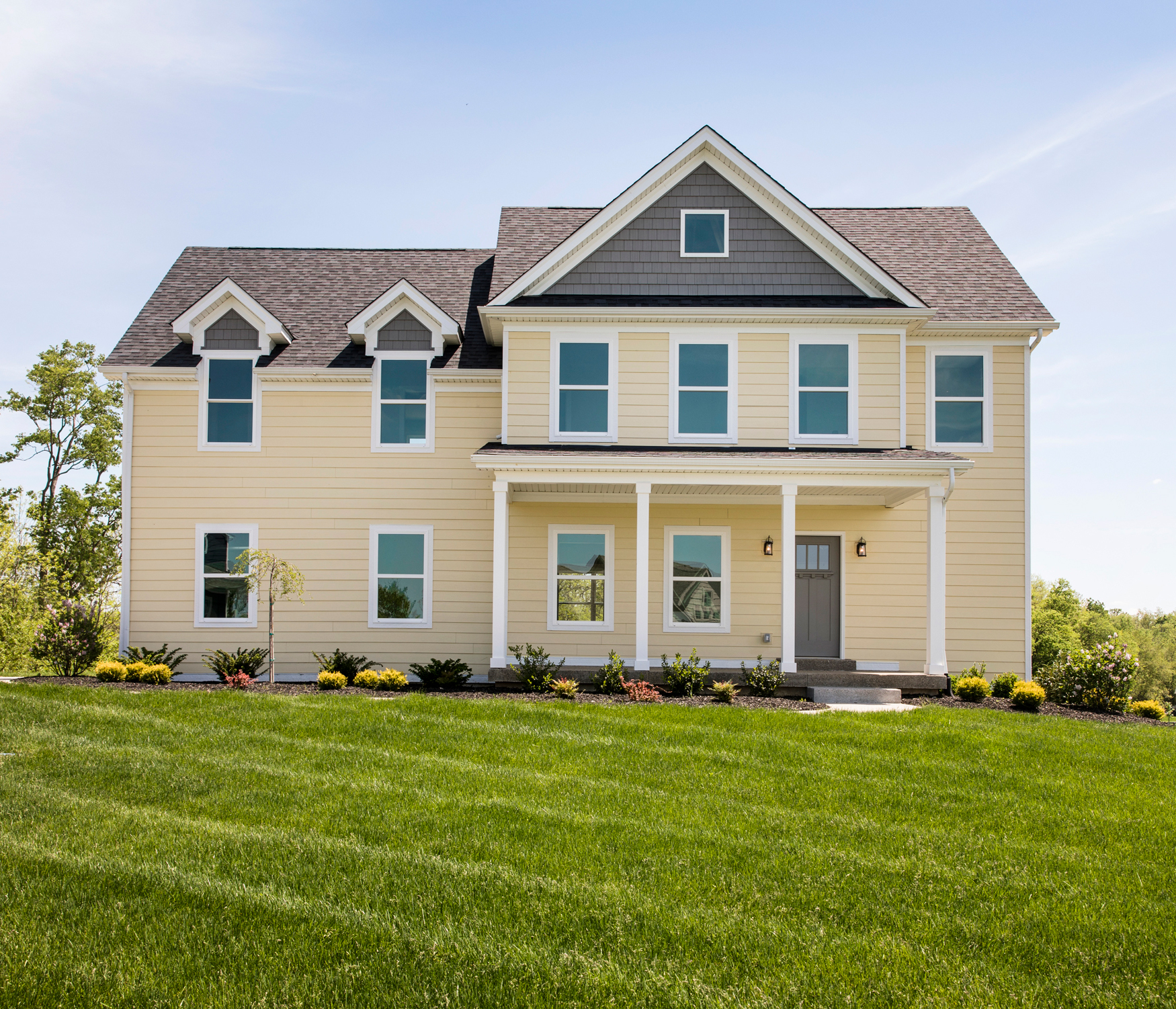BUY VS. RENT


Oldham County, Ky Real Estate
Looking for Oldham County Homes for Sale? Just a short drive from Louisville, Oldham County offers a peaceful and scenic lifestyle with all of the big city amenities. With a healthy housing market, wonderful school system, and low crime rate; Oldham county is the perfect place to call home! Click HERE to view more Oldham County homes for sale and find your dream home!
Several factors come in to play when you are thinking about buying an Oldham County home for sale. Interested buyers need to consider the mortgage rate, property taxes and how quickly rent and home prices are climbing. Check out this graphic comparison. A thorough evaluation of the rent vs buy decision and a calculator where you can enter details of your specific options can be found here.
Buying VS Renting
What factors should you consider when deciding to buy or rent a home? Below are some helpful items from Nerd Wallet to keep in mind when making your choice. Check out their Rent vs Buy Calculator to see how much money you could save by choosing one option over the other.
Location counts. Where you choose to live may decide the buy vs. rent question for you. In high-priced real estate markets like San Francisco, renting could be the only affordable option. In addition to home prices and monthly rents, important factors when deciding where to live include safe neighborhoods, good schools, proximity to public transportation, walkability, drive times to work, shopping and recreation. Also consider the supply of rentals or newly built homes: Are they appealing, plentiful and affordable? Style — of a home, an apartment, a town or a neighborhood — plays a role, too.
Some pieces of our decision are not easily quantifiable, but they could be the most important, such as:
- Stability (you, not the landlord, can choose when you’ll move)
- Financial predictability (a fixed-rate mortgage payment doesn’t change)
- Freedom to renovate
- Pride of ownership
- Growing home equity that you can borrow against
- Flexibility (renters are free to move and are exempt from home maintenance)
The upfront cost of buying a home is the biggest barrier for many would-be buyers. In addition to a down payment, you’ll need to save for closing costs, which will run you about 3% to 5% of the loan amount.
You can’t put your wallet away once you’ve solved the buy or rent problem by buying a home. You’ll keep paying mortgage insurance (for a period of time, anyway), property taxes, homeowners insurance and HOA dues (if they apply). And then there are repairs, upkeep and the cost of furnishing and upgrading your new crib.
- Location
-
Location counts. Where you choose to live may decide the buy vs. rent question for you. In high-priced real estate markets like San Francisco, renting could be the only affordable option. In addition to home prices and monthly rents, important factors when deciding where to live include safe neighborhoods, good schools, proximity to public transportation, walkability, drive times to work, shopping and recreation. Also consider the supply of rentals or newly built homes: Are they appealing, plentiful and affordable? Style — of a home, an apartment, a town or a neighborhood — plays a role, too.
- Intangibles
-
Some pieces of our decision are not easily quantifiable, but they could be the most important, such as:
- Stability (you, not the landlord, can choose when you’ll move)
- Financial predictability (a fixed-rate mortgage payment doesn’t change)
- Freedom to renovate
- Pride of ownership
- Growing home equity that you can borrow against
- Flexibility (renters are free to move and are exempt from home maintenance)
- Cost of Home Purchase
-
The upfront cost of buying a home is the biggest barrier for many would-be buyers. In addition to a down payment, you’ll need to save for closing costs, which will run you about 3% to 5% of the loan amount.
- Costs of Owning
-
You can’t put your wallet away once you’ve solved the buy or rent problem by buying a home. You’ll keep paying mortgage insurance (for a period of time, anyway), property taxes, homeowners insurance and HOA dues (if they apply). And then there are repairs, upkeep and the cost of furnishing and upgrading your new crib.

